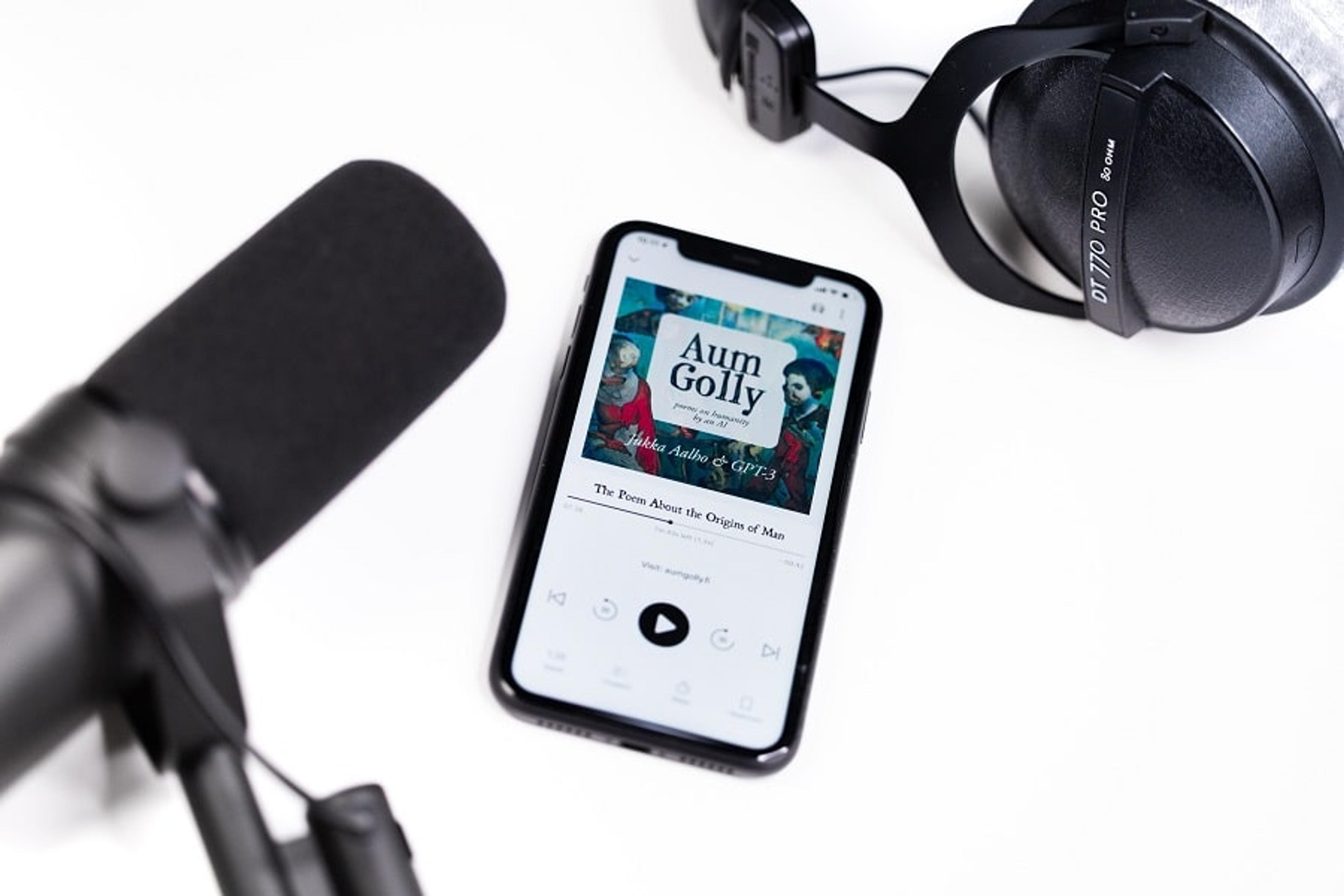Looking to create Audiobooks? Leverage the power of AI Voice Tools to create engaging audiobooks for your audience.
Businesses believe in marketing their products to a large audience through innovative ways. It brings them to try various methods and strategies that can help boost their campaigns. Not only this, traditional marketing has seen a setback after the components of different tech-based services took over the market.
One unique technology is AI text-to-speech tools that convert complicated texts into various voiceovers and speech formats. Recently, audiobooks have been a trending topic in the marketing vertical, and most companies are providing their resources in the form of audiobooks to customers.
The use of text-to-speech is no longer limited to science fiction films. People can now produce a text file containing the words they want to be turned into audio and published on a website or blog. Therefore, text-to-speech can be just what you need if you love listening to audiobooks but can never find the ones you desire.
But audiobooks are quite popular right now. The classic voiceover narration and listening have now reached the limit of their dominance. Moreover, the ever-expanding audiobook sector has seen encouraging outcomes from AI.
Read this: Voice Over Artists vs TTS
Steps to Create Audiobooks
You can listen to your audiobook anywhere if you use a text to speech generator to produce it. By broadcasting your content using pre-recorded audio, you can also turn it into an audiobook. More importantly, listening to audiobooks improves comprehension and reading abilities. Additionally, if you're learning a language, skip the dull textbooks and start listening to audiobooks instead! You will learn the language more quickly and organically as a result.
1. Right Equipment Selection
You simply cannot begin recording an audiobook using your iPhone or the built-in microphone on your computer. Why? Because using iTunes and making simple phone conversations don't require high-quality audio, most PCs (and iPhones) have low-quality recording and audio processing devices. Audio recording It's very different, and you'll have to pay money to purchase the following things:
- Good mic
- Pop screen
- GarageBand or Audacity
2. Space and Equipment Setup
Ensure all your equipment is in working order and set up in a location suitable for a recording studio. You'll need to dampen any hard surfaces, paying particular attention to the regions directly in front of and behind you. Surrounding your recording location with as many soft covers as possible (blankets, duvets, and drapes) is best. Before recording, keep pets out of the area, turn off the HVAC system, and stop the dishwasher, dryer, and washing machine.
3. Book Recording
The audio voiceover of the book needs to be narrated and recorded in the following step. You have the option of using voice actors or narrators, or you can read the book aloud. To ensure you produce the most outstanding quality possible, if you've decided to narrate the book yourself, you'll need to set up a recording studio at home or rent a recording studio.
4. Edit the audio file
The third step entails editing the recording to ensure that it complies with the requirements of the distribution channels. You can modify the audio if you are familiar with it and have relevant experience. In that case, you can pay a seasoned audio editor to polish your narration.
Special Alternative: TTS platform for Audiobooks
Text-to-speech (TTS) produces artificially produced audio but mimics human speech. Voice bots on cellphones and home voice assistants have been the ideal solution. Making them sound like human voices have long been the ultimate goal. And not just one voice, but several voices, as we can see with Siri and Google Assistant.
Doing the same technology work for lengthy audio, like audiobooks, seems like an obvious next step with that as a goal. The issue has been that after an hour of narration, a voice that sounds alive when announcing the weather may not sound as lifelike anymore. Or does it?
What if we told you there was an additional method for producing audiobooks? One that might be completed in a fraction of the time—weeks or even days rather than months—and for a fraction of the money—hundreds rather than thousands?
Text-to-speech (TTS) technology, which converts written text into natural-sounding audio content that can be streamed or downloaded, is responsible for making it feasible to produce audiobooks at a reasonable cost and provide listeners with an increasingly pleasurable experience.
Final Takeaway
Due to the potential for inappropriate usage, AI voices are unlikely to take over the globe very soon. One can, for instance, fabricate a "dead man's will" to take control of their hard-won goods. Additionally, a consent form authorizing the use of a person's synthetic voice should be provided beforehand.
Deep fakes are becoming more commonplace today. It violates all morals and poses a threat to human integrity and innocence. Yet criminals, infamous groups, and even kidnappers demanding ransom use it for criminalizing and vandalizing objectives.

About Ananay Batra
Founder and CEO @ Listnr Inc

